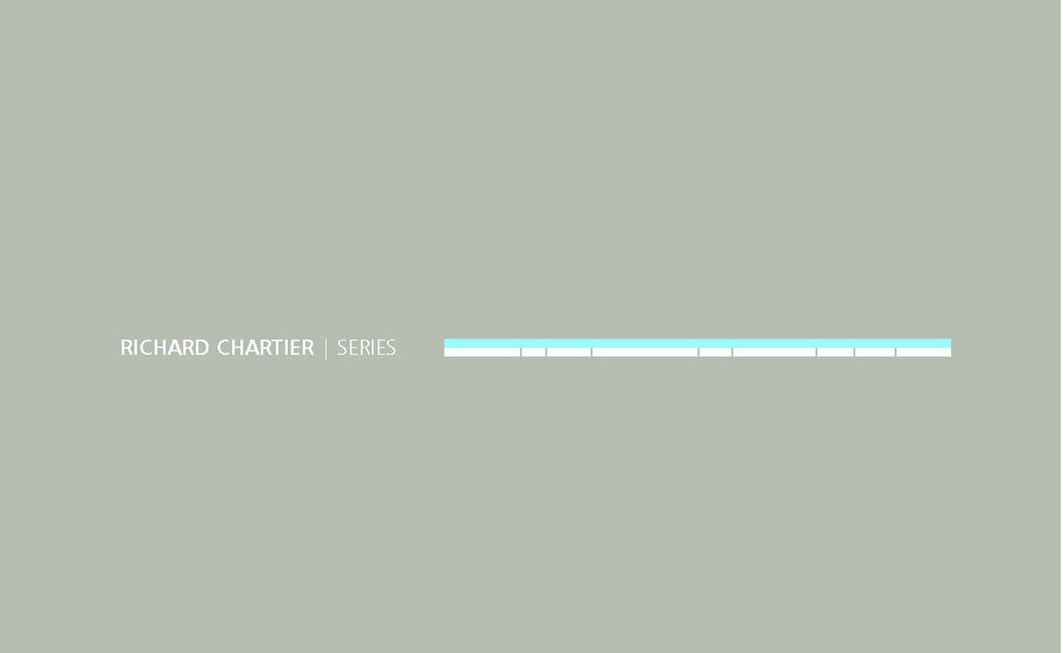Text by Miguel Isaza
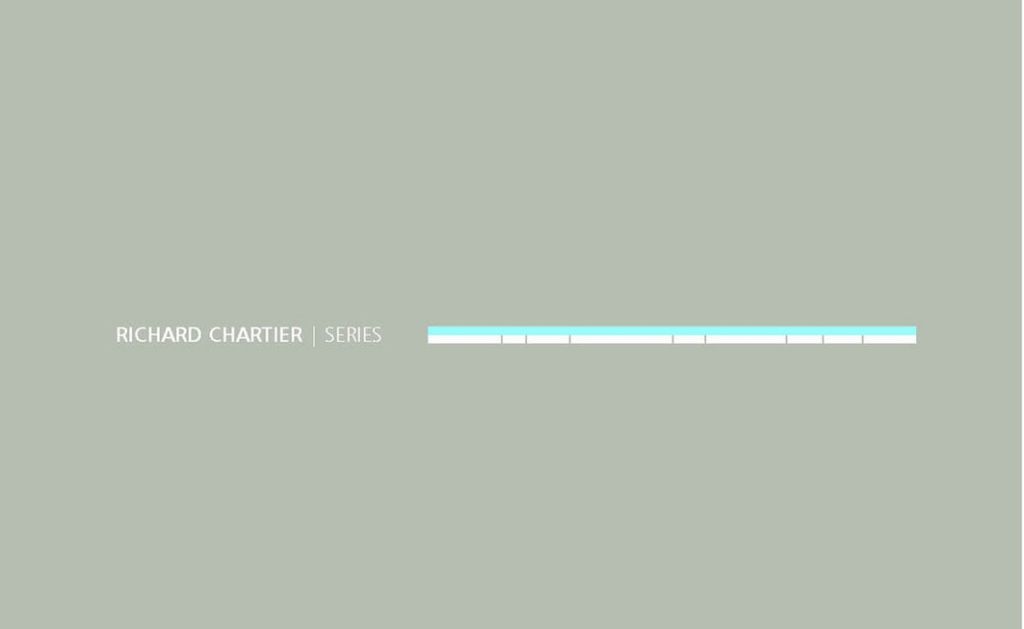
A Line, a succession of points, a fine line, a route; or many, like when talking about LINE as a label, house, family and source of inspiration founded by sound artist Richard Chartier 22 years ago. Sometimes conceptual, sometimes abstract, sometimes somewhere between the two, or just out of any category, the works published by this label condense a vast and exotic catalogue of sound art, initially created as a division of the mythical 12k, to later become independent in its own search, permeated by a marked but broad vision of sonic minimalism.
LINE’s banner is that of delicacy and attention to sound as an artistic element, leaving aside complicated forms to delve into the depth of detail of frequencies, pulses, sonic matter, the listening space and the shapes of the silence. From pieces based on installations with looped machines to tiny samples of microsounds, field recordings or sub-basses that touch silence, LINE captures an encounter with a sonority in its purest and conceptually deepest states.
Artists of all kinds have passed through this fascinating house, with a varied expression of visions and conceptions of sound that range from the eclectic electronic refinement of an Asmus Tietchens to the delicate explorations of Bernhard Günter, passing through the incomparable loops of William Basinski, the mesmerising installations of Nicolas Bernier or the deep atmospheres of France Jobin.
Among LINE’s catalogue, there are true jewels of experimental contemporary music and sound art, such as the legendary Series by Richard Chartier, the compilation Between Two Points, the tribute/non-tribute to John Cage by Lawrence English, and the special Forms of Paper by Steve Roden, considered one of the essential works of the so-called lowercase movement, characterized by music played at low sound levels and lacking in prominence pretensions, a sonic philosophy close to that many of the label’s releases.
Each release is characterized by always bringing true sonic rarities to the label’s universe, one of the most select and diverse catalogues of contemporary sound art, where the meeting of sonority and concept not only satisfies the listener’s ears: it extends them, shows something that is very difficult to find elsewhere.
The precise and wide ear of Richard Chartier, with whom we speak today, has been in charge of selecting for decades what today could be considered a temple of sonic minimalism, today inhabited by artists from all over the globe, often new, others better known and regular servers of the house. Among the whole family, they are in charge of a very special task: worshipping sonority as a profound artistic manifestation.
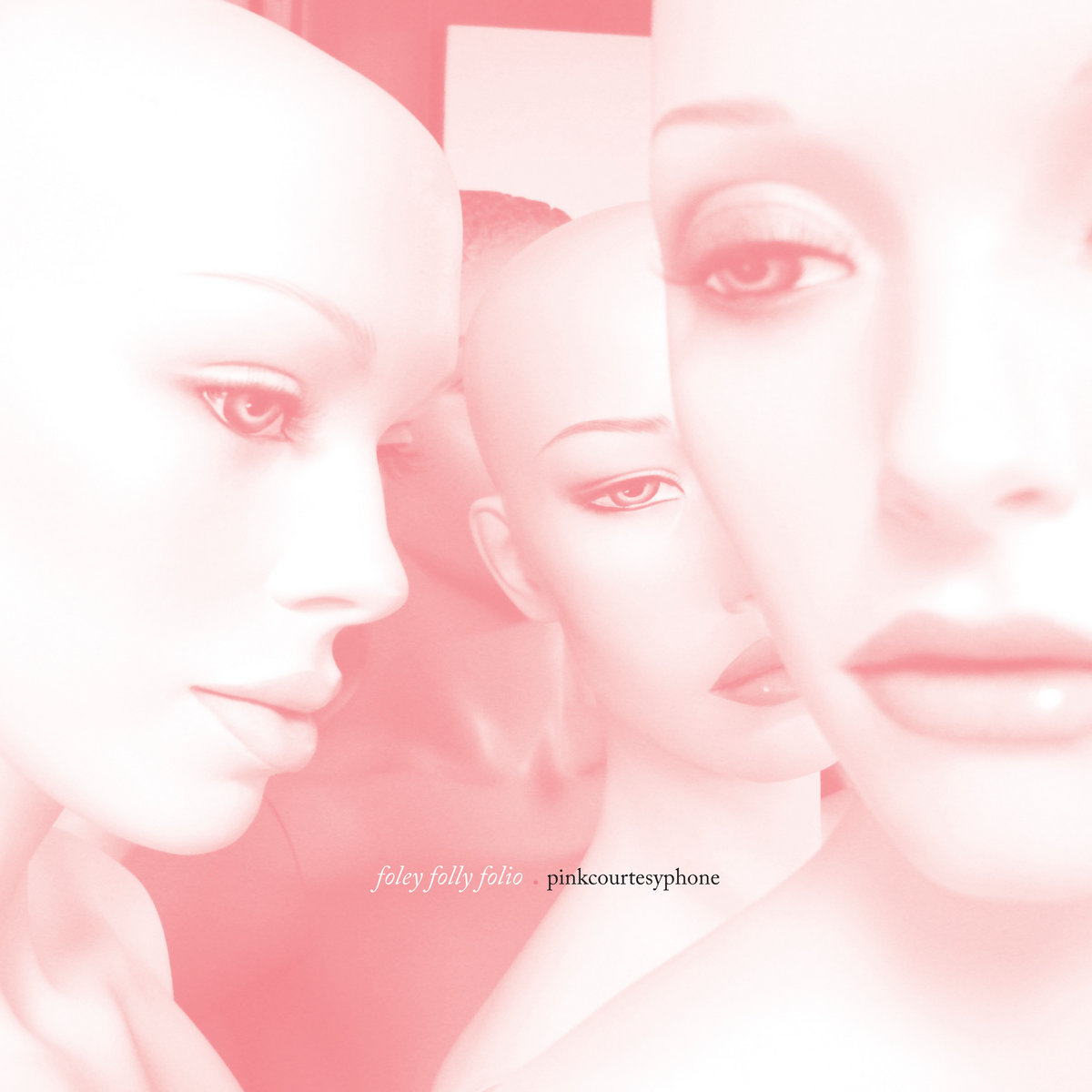
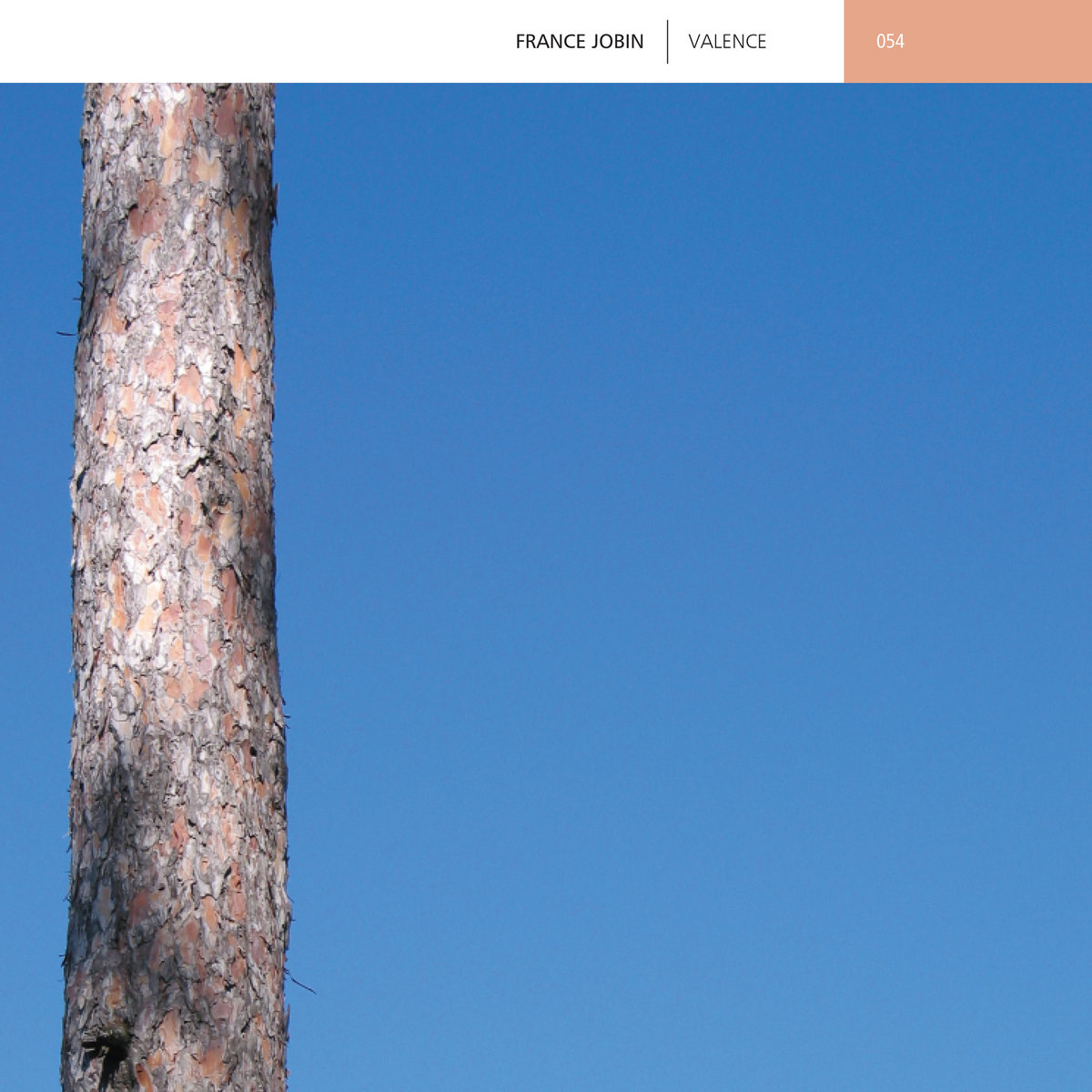
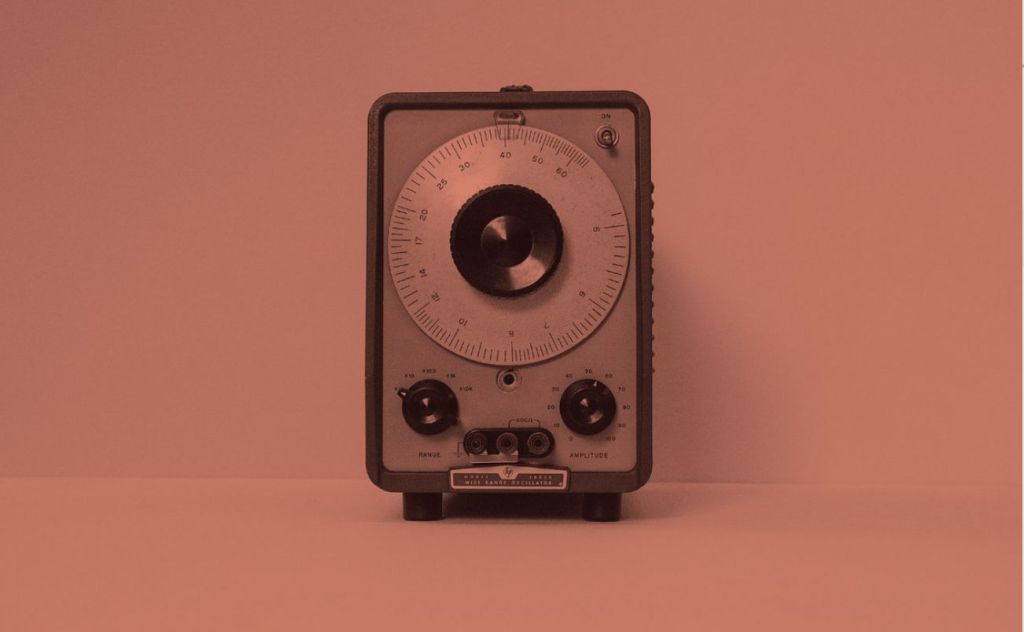
How were the intention and context when you started LINE, and how these initial intuitions and concepts have changed over the years to the current days?
LINE was created out of “necessity”, in a way. In 2000 I sent out my album ‘Series’ to several labels for which I thought it would be well suited. It could be described as extreme-minimalism, perhaps. Responses came back, ranging from “it’s too quiet” to “I do not understand this album” to my favourite response: “it’s too minimal”, which was the reply from Raster-Noton. Somehow I had taken minimalism too far for minimalists. Later as LINE was just about to launch, I got an email from Olaf Bender saying something like, “I understand it now and would like to release it on Raster-Noton”, but by then, it was too late!
Taylor Deupree, who I was working with for 12k, suggested on the phone, “why don’t you just start a label for this type of work”… so LINE was born as a sub-label of 12k. The name LINE came from “the shortest distance between two points is a straight line”, which felt fitting – simple, direct, and to the point. Nothing fussy or grandiose, free of connotations and yet full of possibilities. For the early years, Taylor took care of the business side of LINE, allowing me to focus on the curatorial and design side, and I am grateful for his belief in the goals of my little label.
At first, that was the focus, very minimalist sound art and installation documentation. Over the years, that extended into video art and contemporary composers, musicality, you could say. After many years it continued to expand; I don’t set too many parameters beyond a core essence of “minimalist” for what LINE is and isn’t. I select works that move me and engage my ears.
I am still amazed that it has been 22 years, and even more amazed at the amount of people who tell me LINE opened their ears or changed how they thought of listening or even how they listened to music/the world around them. Or that they learned about LINE in a course taught in college, or that LINE has inspired their own creativity and encouraged them to make their own sound work.
I take great pride in all of that and am humbled by how many wonderful works LINE has been able to release and how many great artists/musicians/composers I have been able to work with and showcase.
All this from an odd recording ‘Series’ not being able to find the right home.
You have always had a clear vision of minimalism. How would you define your idea of minimalism and your aesthetic perspective as a label, and how is that reflected on the sonic characteristics of the pieces you look for and release?
Minimalism is subjective. I don’t subscribe to any academic notion of it, nor would I want to define what a genre is. There are releases in the LINE catalogue that sit on the outer rim of what listeners (and I) would consider minimal.
Sonic characteristics… these words come to mind: subtle, singular, sculptural, direct, amorphous, static, evolving, engaging, immersive, well-crafted, quiet, understated, durational, a unique or personal voice/language. It can be any of these things, and yet not all of them.
LINE presents many facets of sound; some of the releases might even seem out of place within the context of other releases. This does not concern me…
Do you find any difference between sound art and experimental music? Or do you see your process more as avoiding categories after all? Any particular reason for that?
I see no difference anymore. I think listeners and artists get bogged down in categories and boxes. Over the past 20 years, we have seen the cross-pollination of so many “genres.”
It is difficult to write about sound/music without using words established by genres.
The experience of listening is more important than words about it.
It is common to find quiet, subtle and almost silent pieces on the label… Related to that, what do you think about silence and how important is this for your aesthetic and conceptual interests as a label?
Silence and space, and getting lost within them, is important in a VERY noisy, busy, over-saturated world. I hope that LINE provides a moving listening experience on some level.
Do you think about an ideal way of listening to the works published on LINE? What advice would you give to someone that wants to dive into the label’s universe?
I don’t think there are set parameters on how one should listen, as everyone is different. I do think a nice set of headphones is a good way to explore. But I am not an audio equipment elitist.
I would suggest not just streaming, as compression throws a lot of delicate frequencies out the window. Find works you like, purchase downloads and support the artists.
A good place to start is always on the LINE Bandcamp to just pop around and find things. On the LINE Bandcamp, there is a series of six LINE mixes that I have done over the years (along with this new mini mix for CLOT- coming up in the next weeks), which contains shorter pieces and excerpts)with each showcasing the previous year’s releases along with works from the LINE discography mixed into a continuous flow. These mixes are free/name your price.
You abandoned CDs some years ago. Could you please tell us about the reasons behind that decision and what you think about digital distribution nowadays? How does LINE place itself in the saturated music/sound industry?
The decision at the end of 2016 was financial as well as time-based and thinking of the environment. The time for production, design, pressing, shipping from the vendor, and shipping out to distributors and buyers for me, one person, the process was exhausting and no longer brought me joy.
Shipping kept going up up up, which lowered the listener’s ability to buy a single release to send abroad. It was beginning to not be financially feasible.
The frustration from LINE’s CD pressing vendor making three big mistakes on three releases in a year sealed the deal.
LINE just exists purely digitally now. I like the immediacy of it. It allows me to focus on (and release) what I love.
I also like that it’s not “limited”; it feels more open to me.
LINE has always been on the fringe, and I feel it has remained true to itself.
You have also been constantly expanding your family of artists as well as releasing new works by veteran names of your label. Do you have any specific curatorial guidelines, or are you just driven by your own discovery and listening? How is the process of integrating new artists, and how do their perspectives expand the sound of the label as such?
LINE receives many demos, and I try to listen and respond to each one. I avoid ones sent obviously as a form email or that don’t address me or are completely off the mark in the description.
The work just has to engage me. It is purely subjective. Each new release is part of the LINE story.
It may have references to LINE’s past or push outward towards LINE’s future.
Artworks and graphic design have also been changing since the beginning of the label. What has been abandoned and/or integrated in terms of the visual aspects of your releases?
The first series of release packaging (2001-2003) were offset 2-colour C-fold, 4-panel card stock inserts encased in a clear plastic sleeve. They were meant to be slight and disappear, you could say, much like the sound itself.
When the vendor stopped making the sleeves, I reworked the packaging to an offset 2-colour 6-panel with a spine in a mylar sleeve (2004-2005), then onto a 4-colour 2-sided self-contained colour-coded pocket sleeve (end of 2005-2016) for a more singular simplicity. Several DVDs in digipaks and a few digital-only releases came out during that time.
In 2017 LINE went digital only, and I designed digital sleeves, but do people even see those? (I know I don’t view them much on releases I purchase). I think part of my frustration with design in the context of digital releases made me decide that an image with no text would be the way forward. It’s similar to having the original sleeves that disappear. Simplicity and distillation. One image on a screen representing one work. It becomes a reference point rather than reference material.
If I could do it all over again, I would have trusted my original instinct to just have every release be just black-and-white text. Same template, for every release. But at the same time, it’s SO rigid of an ideal. I foresaw issues at the beginning with artists wanting images, especially if the work was documenting a sound/visual installation or had a strong thematic presence. I wanted to be able to be open to the artists’ realizations. Plus, we would not have some of the striking imagery that became part of the LINE catalogue.
What are your vision and projections for the future, and what is coming in the short and long term for LINE?
LINE’s goal is to continue. I don’t have any set parameters. LINE started as and continues to be a labour of love. It has changed and will continue to change as I change and evolve. New and upcoming releases include works by Asmus Tietchens, (the 3rd) Ensemble d’oscillateurs, mHz, ‘t Geruis, and Olivier Alary. I am eagerly awaiting works from Miki Yui, AGF, and KMRU, to name a few, and other open invitations in the discussion.
Things take time… I don’t like to rush art.

